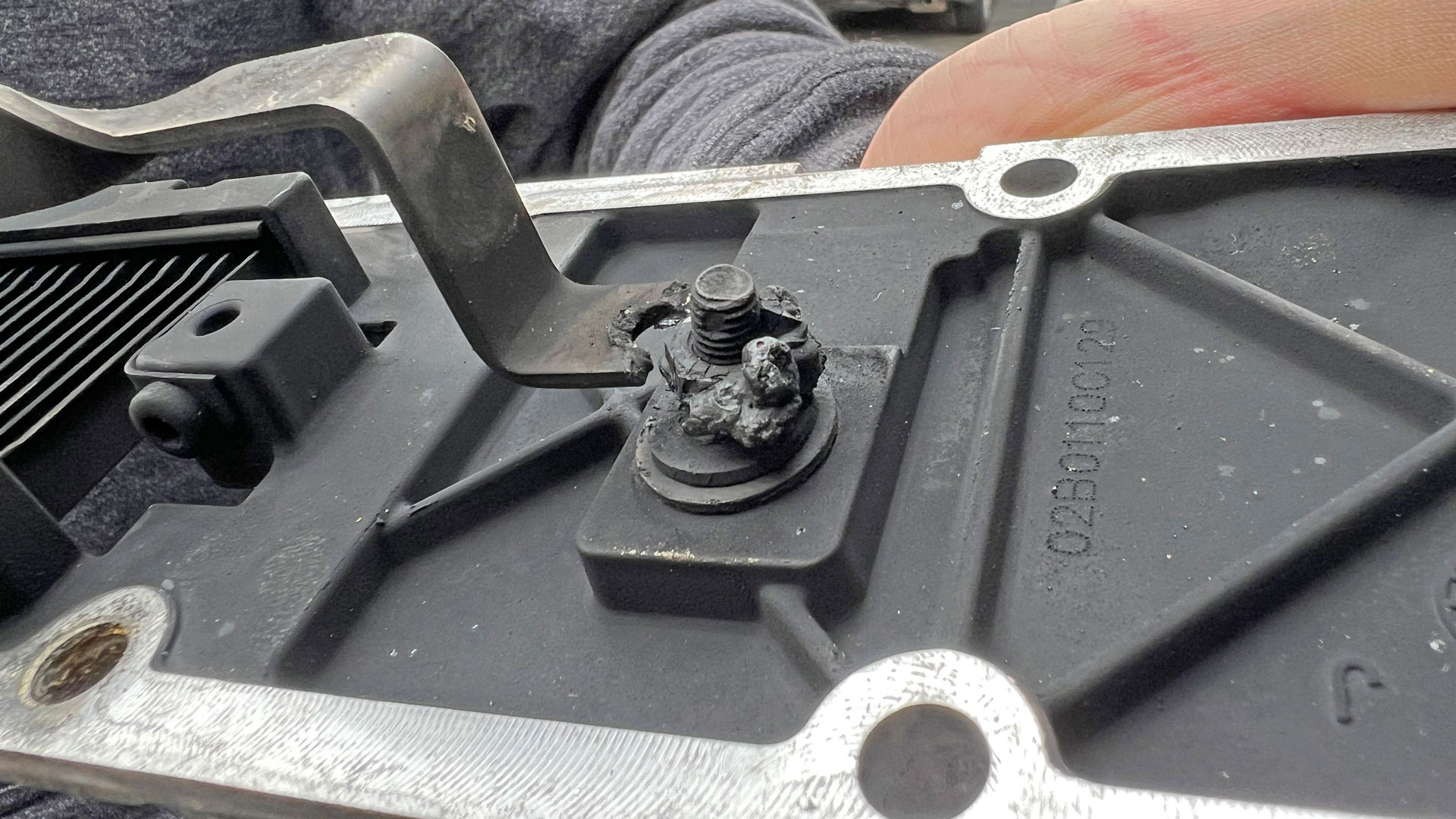While the 6.7-liter Cummins intake air heater (aka grid heater) is known to cause problems, the reason for the issue has been less than clear until recently. From 2007—the year the engine was introduced in RAM HD pickups—until 2012, the failures were sporadic with no solid explanation available. Owner forums then started buzzing about trending failures in 2013 as more trucks surpassed 100,000 miles. They reported horrific engine knock and even total power loss, leading to $6,000 in repairs or $17,000-$30,000 for complete long block replacements.
Speculation suggested that the grid heater element itself was defective. Some owners simply had it removed from their truck’s intake plenum, and while that solved the larger issue, it created another: hard starts in cold weather conditions. It was a compromise that owners were willing to make if it meant their trucks still ran up and down the road after getting them going.
It wasn’t until roughly 2016 that the root cause of diagnostic trouble codes P2609 (“Intake Air Heater System Performance”) and P0542 (“Intake Air Heater Circuit High”) was identified. We know now that a nut-and-bolt combo featuring a 12-volt power lead becomes worn after repeated heat cycles, resulting in a poor connection that allows up to 200 amps of electricity to arc across the gap. The hardware eventually becomes so brittle that it breaks and falls into cylinder number six, causing massive headaches for RAM owners.
Clearly, this is no good. It’s even more troubling once you learn just how hard the engine’s grid heater works—regardless of what state you live in. That’s because Cummins has it set to energize at 66 degrees Fahrenheit, meaning people in Florida and sunny Southern California still have reason for concern as overnight temps regularly dip below that threshold during the fall, winter, and early spring.
Let’s take a look at the 6.7-liter Cummins pre-heat time chart below to see how long the grid heater kicks on for, and I’ll explain what that means for people in frigid climates as well as those in warmer ones.
Cummins energizes the grid heater based on temperature and altitude—or, more precisely, air density. The thinner the air, the harder it is to heat. That becomes a greater issue at high elevation, but trucks in warmer climates at low elevation also use the grid heater more often than most might think.
According to Cummins, at 66 degrees Fahrenheit and 20-29 inHg on the barometer (from 7,600 feet in altitude, all the way down to sea level), the grid heater will energize for 10 seconds. Austin, Texas, sits below 500 feet of elevation with average air pressure measuring between 29 and 30 inHg. Average low temperatures in the Lone Star State capital fall to 66 degrees Fahrenheit and below from October to May. That means a 6.7L Cummins grid heater in the often-scorching city is still kicking on for 10 seconds nearly every morning through six months of the year.
Enough with hypotheticals, though. Let’s look at some real-world examples that are easy to find on the internet.
This is a photo of Chris Proett’s 2016 Ram HD grid heater, which failed before his truck even reached 48,000 miles—in Simi Valley, California:
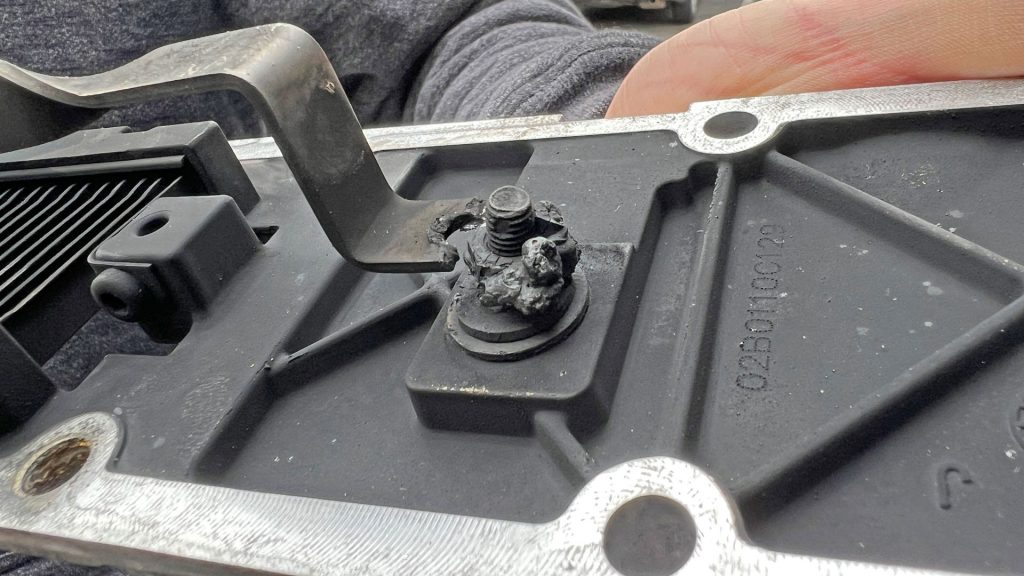
Or how about Steve Garcia’s Ram HD, which is also a 2016 model-year that lives in SoCal (Whittier, to be exact):
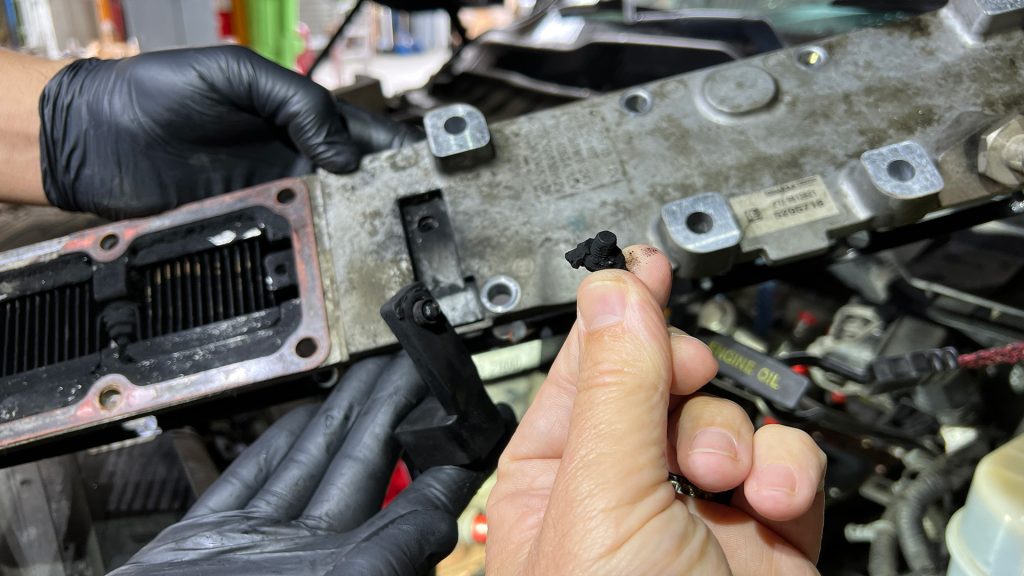
Maybe the most surprising example is this fifth-gen RAM HD that suffered a grid heater failure in Melbourne, Australia. The owner took it to Pro Mac Automotive for a preventative fix as he’d heard of the problem online. Good thing he did, because he nearly had a huge problem on his hands.
“One of our customers came in to have a Monster-Ram installed in his 2021 RAM,” explained Pro Mac owner Donny McMartin. “He wanted some insurance against the grid heater bolt. He figured he was probably safe because his truck only had 102,000 km (64,000 miles). And, he lives in Melbourne which doesn’t get very cold so his grid heater wasn’t used that much. Here comes the crazy part… After we pulled the stock elbow off, we did the jiggle test on the grid heater cable. The whole thing was loose! We looked at each other and said, ‘Wow, this is a Fifth-Gen with a broken heater!’ And, it’s a warm weather truck. So, those rumors about the this only happening to Fourth-Gen trucks in cold climates are false. We have proof right here.”

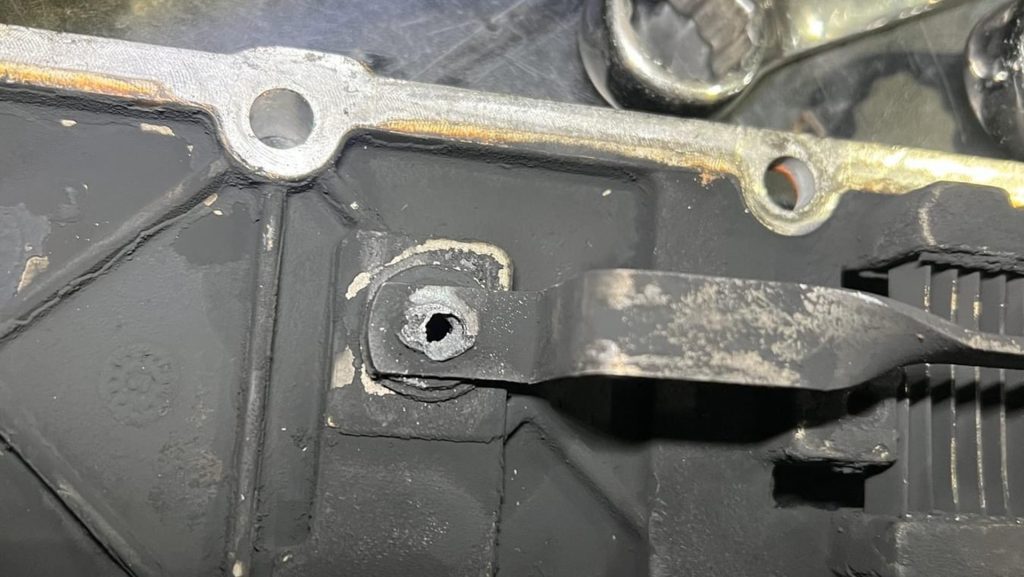
It gets worse. As temperatures drop and altitude increases, so does the length of time the grid heater is energized. Atmospheric pressures across the board with a temperature of 15.03 degrees Fahrenheit extend the Cummins’ pre-heat time to 15 seconds, while sub-zero temperatures force pre-heat periods of 30 seconds or more.
Let’s say you’re halfway up Pikes Peak, sitting at around 7,600 feet of elevation. With air pressure measuring 20 inHg and temperatures hitting -40°F (-40°C), the grid heater will energize for a whopping 75 seconds. If the nut-and-bolt combo that fastens your intake air heater’s element is worn, allowing up to 200 amps of electricity to arc across the gap, it could be subjected to that for more than a minute.
Just one cold start in those conditions with an already-brittle grid heater bolt could spell disaster for your Cummins.
Now, I understand that the latter example is far rarer than the former, but what I’m getting at is this: The 6.7L Cummins grid heater can become a problem for virtually any owner over time.
How Do You Fix the Cummins Grid Heater Failure?
The simple answer is to delete the grid heater with a proven aftermarket upgrade, like the Banks Power Monster-Ram intake horn.
From my explainer article on the problem:
This modification eliminates the problem by removing the entire assembly, including the pesky bolt that can fall into one of the 6.7-liter’s cylinders. Importantly, this is the only way to ensure the failure doesn’t ruin your engine, as “repair kits” that simply redesign the grid heater still contain hardware that’s prone to failing in high-temp environments. At least one third-party “upgrade” effectively recreates the initial problem, meaning it doesn’t actually repair anything.
I’m referring to the BD Diesel Killer Grid Heater in that last line. While the kit’s latest redesign removes the notorious nut on the inside of the grid heater, it retains the second nut and bolt, which are also prone to failure. The kit’s hardware features two insulation washers that shrink and weaken through repeated heat cycles, effectively recreating Cummins’ flawed design, just in a slightly different location. Regardless, the potential result is the same: A 12-volt electrical lead can send tons of power leaping across the weak connection, prompting a costly hardware failure.
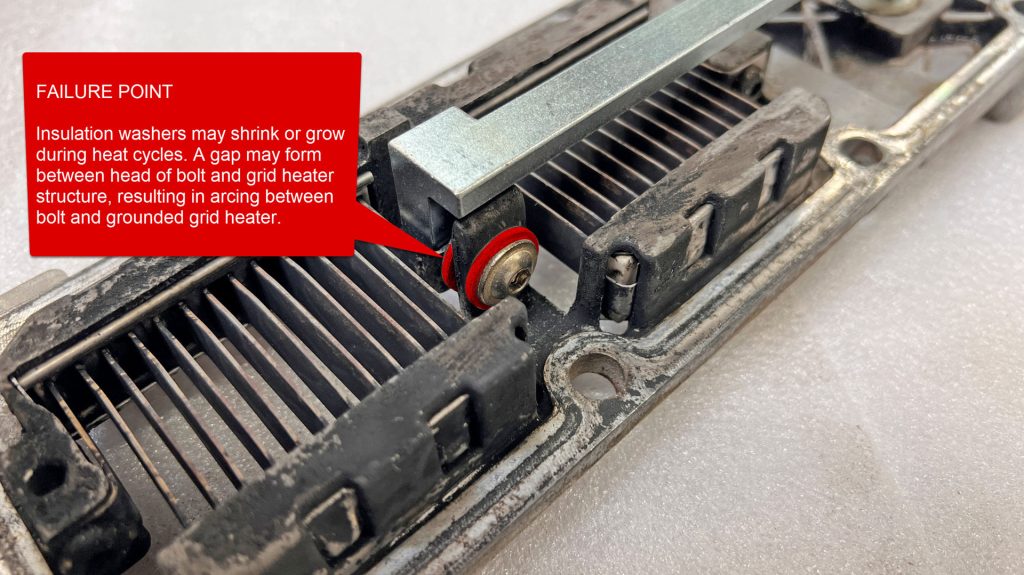
The Banks Power Monster-Ram’s removal of the grid heater is a pro for a couple of reasons. First, it increases performance by ditching the stock intake plenum’s restrictive design that chokes airflow. Secondly, because it’s available with a vertical coil-style High-Flow Heater, it doesn’t leave you without a cold start aid. It’s a win for anybody wanting faster turbo spools and turnkey reliability, even in high-altitude or cold weather environments.
To Sum It Up
I hope it’s crystal clear now that Cummins grid heater failures don’t just happen in the Great White North, nor are they limited to older, higher-mileage trucks. They can be the cause of a bad day for RAM drivers in Texas, California, and heck, even Australia. On top of that, there are examples of the failure on garage queens with less than 50,000 miles. And just because a pickup might still be under warranty when it fails doesn’t mean the problem will fix itself, as RAM will just “repair” it with another flawed grid heater design that will put your rig at risk later on.
If you drive a 6.7L Cummins, there’s one move that makes sense to avoid this catastrophe: Delete your stinkin’ grid heater.

